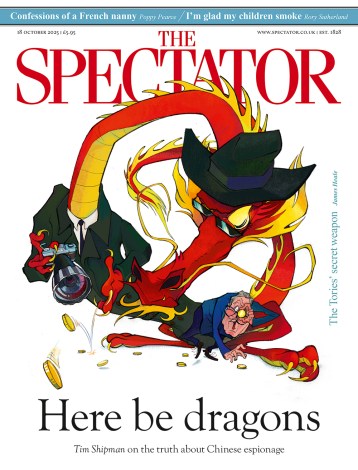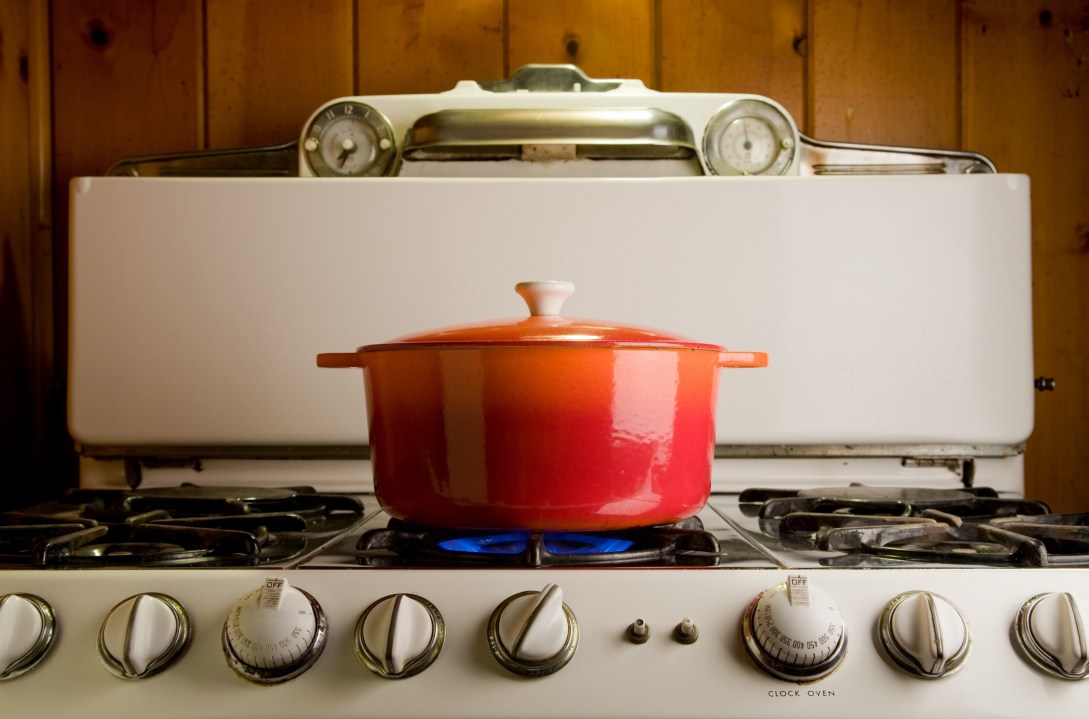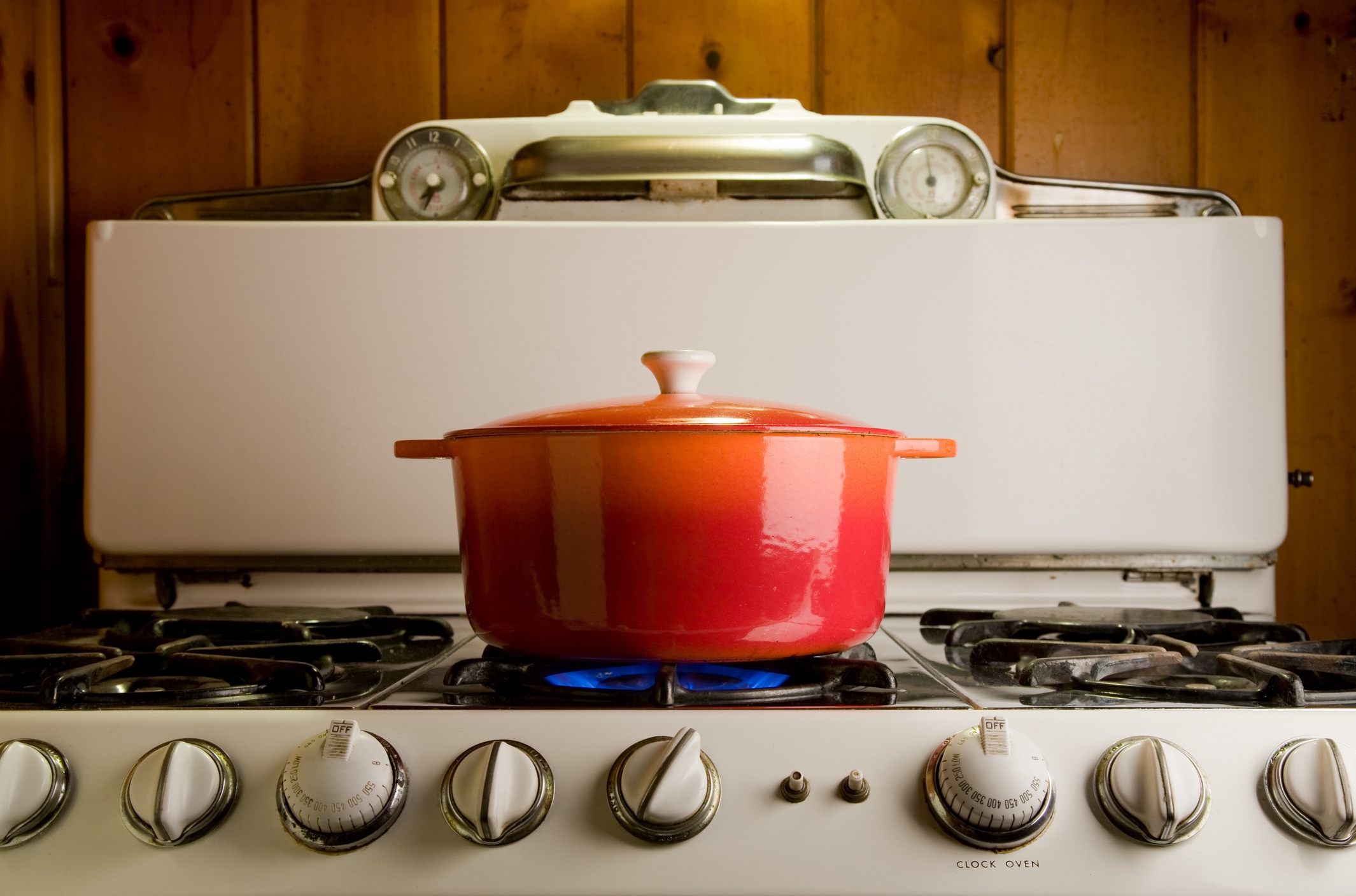I don’t know how many teenagers are given a frying pan for their 18th birthday. Perhaps my friends managed to intuit my food-writing future, despite my party piece back then being an extremely tomato-heavy bolognaise. Twenty-five years on, having somehow survived university halls of residence and flatmates using – the horror – metal utensils in it, that beautifully thick-bottomed frying plan lives at the bottom of an excessively large pile of frying pans, well past its best. But even as the pile threatens to get taller than the cupboard, I can’t bear the idea of throwing it away.
I’ve loved and lost too many pans to count. I had a little milk pan, perfect for a single portion of porridge, until the surface started flaking off. (Whether certain kinds of non-stick are dangerous if damaged is up for debate, but I wouldn’t risk it.) I’ve had to let go of several chipped enamel pans (enamel is vitrified, like glass, and you don’t want shards of it floating about in a curry).
I’m a recipe writer, which is how I justify my absurd collection of pans of all sorts and sizes. I once needed a pan large enough for a crawfish broil. What if I didn’t have just the right pan to make a tortilla, or for griddling asparagus? What if my cast-iron casserole dish wasn’t quite wide enough for 16 suet dumplings to sit in? What if – more horror – my fried eggs stuck? This won’t make you like me, but I took a cast-iron Le Creuset on a camping trip this summer so that I could simmer chicken thighs in wine and cream and samphire. I love my pans, so over time I’ve learned how to take good care of them – better care than that first pan I received.
First, I had to break up with my dishwasher and start gently hand-washing them. I don’t care what a pan’s packaging says: you cannot clean non-stick in the dishwasher (nor enamel, cast iron or sharp knives – unless you enjoy sawing through vegetables with a blunt blade). Dishwashers are designed to be abrasive, which is why glassware goes cloudy in them; they also abrade non-stick. For years, I refused to accept this, tolerating instead the sharp stab of disappointment every time a neatly cut fillet of fish fell apart as I tried to lever it off what had been a favourite pan.
I also had to learn that de-glazing is not just for gravy-making: when a meal is finished, dirty pans and metal oven trays go back over a medium heat and I add a centimetre or so of hot water from the kettle. Once simmering, anything welded on is magically released.
Dirty pans and oven trays go back over a medium heat and I add a centimetre or so of hot water from the kettle. Once simmering, anything welded on is magically released
Even if you avoid the dishwasher, non-stick frying pans usually last for no more than five years before they start bonding themselves to your dinner, and often only two. You can help them live longer by never heating them empty, instead adding a thin layer of oil or water to help disperse the heat. Because they are made with layers of different materials, non-stick hates getting very hot very quickly (it’s rarely a fan of the booster setting on an induction hob), but pans of all kinds will end up with a domed base if you warm them up too fast. Thermal shock in either direction can cause the layers to move apart and bend; I’ve warped pans by dunking them, still baking hot, in cold water. (The heartbreak.)
Storage matters, too. Until I discovered fabric pan separators, my pans scratched at each other every time I levered out my monstrously heavy cast-iron wok. Now they nestle together, divided by special star-shaped pieces of fleece.
Then there’s what I cook with. Oils with a low smoke point, such as butter, can leave a tacky residue on pans if they get too hot. Cooking spray mucks up surfaces if used over a high heat, too, because it contains emulsifiers which over time turn into a glued-on film that is almost impossible to remove. Oils with a high smoke point, such as sunflower or rapeseed, are better behaved.
I often think that if I was a proper, grown-up food writer (I’m 44), then I’d have more properly seasoned metal pans, but I only have one: a glorious, double-handled spun-iron prospector pan, which is just as happy pot-roasting game birds as it is making seafood rice. (Unlike non-stick, iron is recyclable and undisputedly safe to cook on.) Seasoning means it’s as non-stick as anything else I own: every few months, I wipe it with a thin layer of vegetable oil, slowly warm it until smoking hot, cool and repeat a couple of times, letting the oil polymerise over the surface of the pan. Unlike my poor first frying pan, this one should still be at the top of my pile in 25 years.








Comments